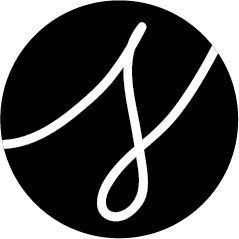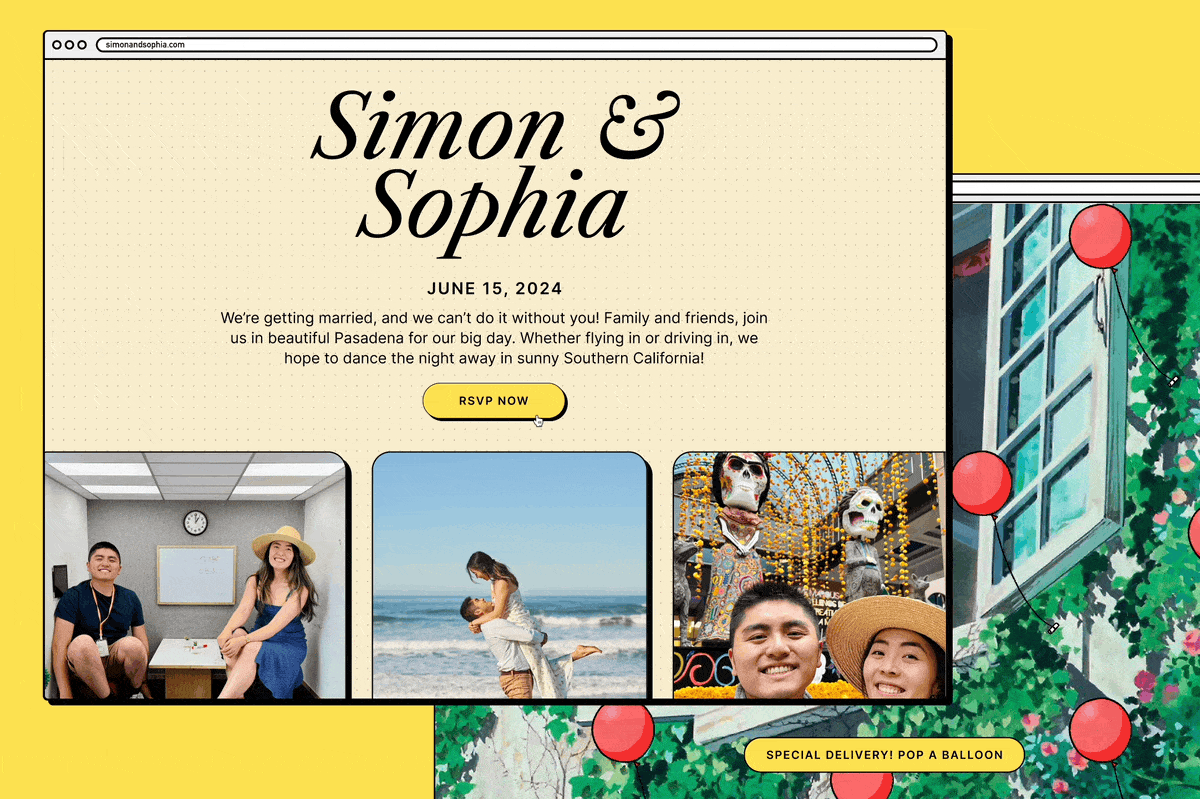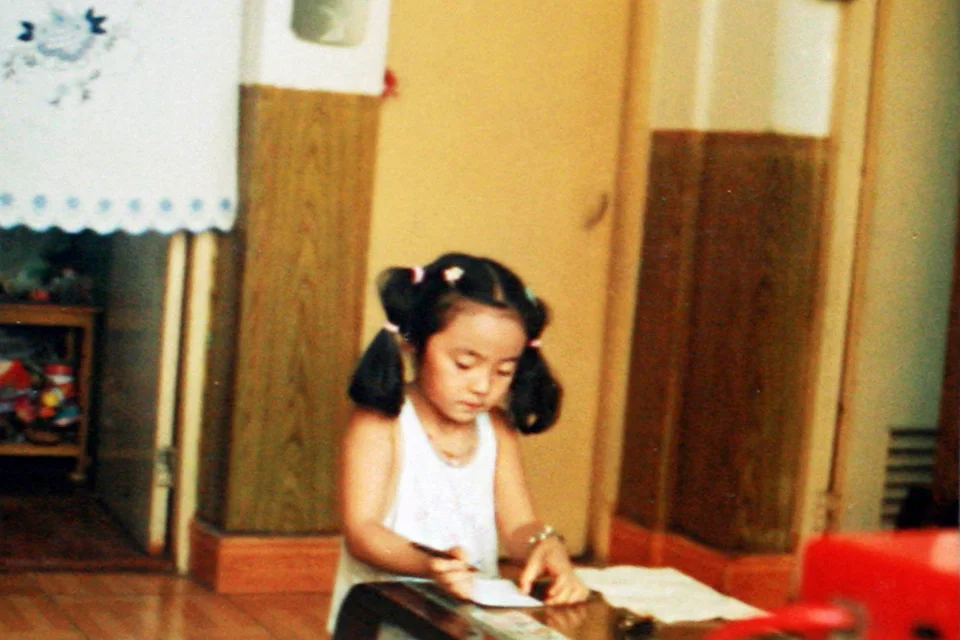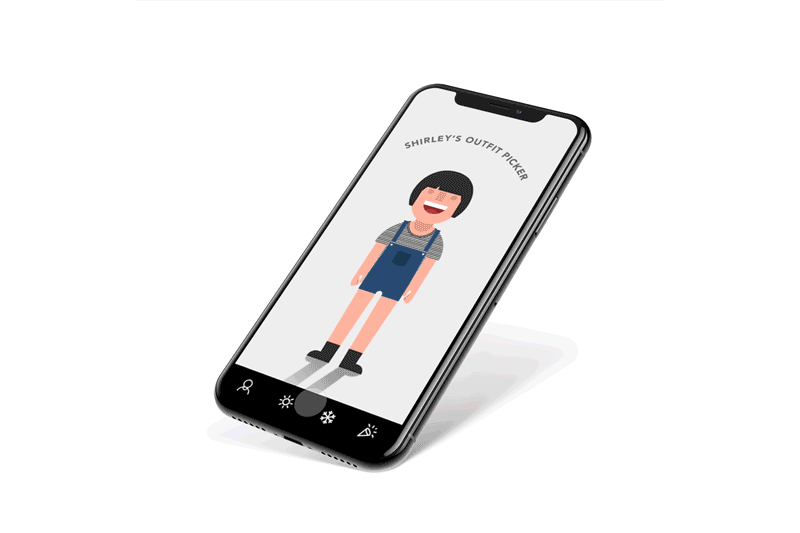Thoughts on design, 2023 edition
I work as a designer 40 hours a week but rarely take a step back to look at the larger industry and where it’s headed. Last week, I got the chance to do so at Figma’s Config conference, the biggest, buzziest design conference in tech. It was an absolute delight to see old friends and design leaders face-to-face again, but the crowds and lines reminded me how much bigger this industry has become. It's truly amazing to witness how far we've come, and see the enormous impact design is making on the future of tech and humanity. Let’s recap and discuss.
New Figma announcements
This event is primarily a conference for Figma to announce new features, and this year, there was a heightened focus on design-to-code. Because Figma is first and foremost a tool, naturally their product development skews towards adding new features, some highly requested, and others in order to expand their market and business model. As they introduced design tokens (“variables”), conditional logic in prototyping, and VS code integration, designing suddenly felt increasingly technical.
As someone who still struggles with auto-layout (I love it when it works, hate it when it doesn’t), I am far from an expert tool user. But that doesn’t mean I’m an inadequate designer. Because I design products, not design systems, I build for users, not developers. I believe craft is important, but speed and product development more so. Tools are just tools after all; they evolve. I fell in love with Figma years ago because of the simplicity of the interface, the seamlessness of multiplayer mode, and their service-oriented approach to product development. Although I still think Figma is by far the best design tool out there, and I'm excited to play with variables and conditionals when I get a moment, it does feel like these new feature launches are increasing the learning curve and taking a step away from making the tool accessible to aspiring designers.
(And I’m still a little bitter about the Adobe acquisition.)
The real-life Figjam wall, and a candid conversation between Figma's and Airbnb's CEOs. Yes my mom actually does love Figma.
Ways of working
As a working designer, the problems I face on a regular basis revolve around processes, collaboration, and product innovation. I was interested in talks by leaders who had stuff to say about the role designers play on teams.
Ethan Eismann, SVP of Design at Slack, spoke about the importance of product principles in company culture. He shares examples of how these principles translate into guidelines that apply to design, product, and engineering, with the ultimate goal of building software that customers love. A few principles that stood out:
Don’t make me think. Guide users with familiar patterns and ensure the path is clear, so they gain comfort, confidence, and fluency. This includes having a clear information hierarchy and building comprehension over removing friction for products where it makes sense. For example, Slack’s onboarding flow uses progressive disclosure to get new users set up.
Take bigger, bolder bets. Don’t constrain yourself to small tweaks that can be easily executed or easily measured. Especially for enterprise software, every change you make will irritate your users. The problem is that companies and teams get into this mindset where they focus on optimizing for minimizing downside versus optimizing for maximizing the upside for new and existing users. And so they don’t innovate.
Brian Chesky of Airbnb, the only designer CEO in the Fortune 500, makes the point that designers can run companies. Notable insights from his very opinionated interview:
Design should not be a service organization. We shouldn’t have to justify our jobs. Just because product management existed as a function before product design, PMs shouldn’t be doing the job of a designer. The product manager of a building is the architect after all.
Redesigning the company structure to get rid of the classic product management function, and replacing them with PMMs who start by developing a product marketing vision, à la Apple. (This take subsequently sparked a ton of conversation on Twitter.)
The problem with design language systems is if you can only pull from the systems, you’ll never be able to take a giant leap that breaks the system. We should design whatever we want and put it into the system, he says.
A/B testing is abdicating your responsibility to the users. It must be hypothesis-driven and you must understand the why behind the results.
Metrics are not a strategy. Growth is not a strategy; it’s just a direction.
Designers from Twitch share a framework for speculative design. When working within the classic quarterly planning process, they felt constrained by organizational structures and current technology. So their team tried out a design-led quarter that empowered teams to think about the future they wanted. This experiment allowed designers to prototype possible futures through UX concepts and promote preferred ones through storytelling to inform the product roadmap. A few practices I found intriguing:
Using metaphors to reimagine digital products as real life experiences. Rather than conventional technical terms, they imagined Twitch as a city, a concert, or a giant cozy couch.
Writing fictional product announcements in a tweet format to simplify the idea in one sentence and one image. This is enough to spark conversations with leadership and whittle down ideas.
Then building working prototypes with fleshed out details to share with internal company in an exhibition to get more feedback.
Figma’s VP of Product, Sho Kuwamoto, tells stories that highlight their product philosophy of a service-oriented mindset. The team’s methodology behind prioritization isn’t to build a better design tool, but rather to help people design better.
His favorite projects to work on are fixing bugs that make people’s workflows better. These don’t introduce new features nor add clutter to the interface. Don’t underestimate the impact of fixing things that are broken.
He gets candid about early mistakes, like not consolidating the fundamental concept of "frames" and "groups." He also echoes my love-hate relationship with auto layout, and how that feature isn’t quite right. Everything is always a work in progress.
AI
Top of mind for many of us nowadays is AI. With ChatGPT, Midjourney, Stable Diffusion, and countless new tools available to the masses, there is a developing fear of having our jobs replaced by “the robot.” But instead of replacement, we should be seeing this change from the perspective of empowerment. Because our work isn’t in what we do, but how we think.
Day 2 was all about AI and the future of design. Figma announced their acquisition of Diagram, an AI startup building a Figma assistant that can summarize automate workflows and do things like generate summaries, design recommendations, and even code. Even though I was skeptical at first, the demos showed great promise and got me excited to move into this new era of technology with optimism. And although this post wasn’t written with the help of AI, I am eager to use it more in my life and my work.
Noah Levin, VP of Design at Figma, kicks off day 2 with a brief but memorable presentation about AI. Kathryn Gonzalez, former Head of Design Infrastructure at DoorDash, gives a candid talk about anxiety around AI and where to go from here. Their talks had similar themes:
Design has seen many changes over the centuries and recent years, but still, we design. Instead of ignoring or being stubborn about change, we can be curious, vigilant, proactive, and optimistic. AI is still in its early stages, and we can shape that future.
With AI, the prediction is that we won’t spend as much time on busywork like pushing pixels and organizing layers, but rather solving people problems, ideating creatively, and designing strategy.
It can augment creativity. Copilots for design (think Clippy from Microsoft Word, but smart) can predict what will happen next as you design. Design systems and standards will train AI on what we’re trying to achieve. Imagine a world where we can bounce design ideas back and forth with the copilot, and it pushes you think think better.
AI will lower the floor, or the minimum skill, for others to participate in design. Design partners like PMs and developers will be able to design, collaborate, and build together. In turn, AI also lowers the floor for us designers to code and build. In this shared space, we all expand our skillsets and shift towards becoming generalists and makers.
Principal researcher at Great Question, Jane Davis, advises not use AI for any situation where you don’t feel confident evaluating quality and accuracy of the output. Humans are the gate between what these tools produce and the end user. We need to take that responsibility seriously.
Kathryn Gonzalez, former Head of Design Infrastructure at DoorDash, speaks about the anxiety around AI.
Being human
As we get settled into a world where we coexist with "the robot," a couple of talks also reminded us of how it feels to human. These speakers utilize the magic of storytelling, a skill so uniquely human, to point out that who is are is more than our work.
LinkedIn co-founder Reid Hoffman says that the whole goal of technology is to try to help us be more human. We develop technologies that amplify and complement our mental, physical, and social capacities.
Director of UX Machine Learning at Google, Ovetta Patrice Sampson, reminds us of the advantages we have as humans that will always make us more creative and innovative than machines could ever be. We draw, we take risks, we break rules, we daydream, and we experience life. Principles that seem so basic to us, but are what make us uniquely human and irreplaceable by gen AI.
Founder and CEO of Ueno, Haraldur Thorleifsson’s keynote was barely about design at all, but rather the human experience as told through his incredible life story. He shares the physical and mental struggles of living with a disease, his accomplishments in and outside of work, and real examples of how he overcame his limitations to do the things he always wanted to do (build a world-class design agency, open a restaurant, make music, and help others with disabilities get equal access.) A must-watch talk by a truly inspirational man that proves he is so much more admired and respected than Elon believed.
I believe the future of design will force us to think more critically, be more creative, and design experiences that are more human-centered and organic. It’ll be up to us to use our taste (critical judgment skills, discernment, and appreciation) and deep domain expertise to build a future we want.
“Living in a body that fails you is shitty, but there’s not much you can do about that. Living in a society that excludes people — that’s something that can be fixed.”
Honorable Mentions
Talks that showcase work and tell great stories of success, failures, and lessons learned.
NY Times designers showcase examples of their work on flexible homepage layouts and breaking news page formats during “Design at the speed of news”. Designing for the newsroom and constantly changing editorial needs is entirely different from designing for consumer products, but I loved seeing parallels in frameworks and philosophies.
A Duolingo designer and product manager tell the story of how they built a premium conversational language learning tool with gen AI in just a few months during “Designing with AI”. They played with GPT-4 to figure out its capabilities, then injected character voice and storytelling to build a unique and sticky product around the tech.
Other Duolingo designers and illustrators share how they added moments of delight with character design and developed a strong art language that complements UI at “Embracing art to enhance your product". I admire their unwavering investment in gamification as a learning tool, and the strong collaboration between their product and brand design. Long live the Duolingo owl!
applying all this to the real world
I’m so excited to use AI to help us handle many of the inconvenient tasks we have to do, and optimize things that just make our lives better. Like imagine handing your phone to someone to take your photo, but their photo-composition skills are lacking. What if all they needed to do was hold the phone up, follow the phone’s instructions on where to aim, and the phone automatically takes the photo when the composition is right? Do you know how many arguments with my boyfriend this would prevent? Anyway…
There are already so many great uses of AI in daily life, with widely-adopted uses like music and entertainment recommendations, autonomous vehicles, image search, voice assistants, and even grammar check. However, I’d love to build an interoperable world where all this technology wasn’t dependent on the platform or device. You don’t have to remember to open a specific website to get AI assistance, then switch to a different app to do the thing you originally intended to. In a perfect world, AI would anticipate situations where they can be helpful, and be there with you, ready to assist. That will truly free up our mental capacity and allow us to do the human things we’re meant to do.
Reunion with Ashley Chloe, ThredUP, and Meta folks. My heart is so full!
community
I’ve attended countless product and developer conferences in the past, but this is the first that's made me feel like I actually belonged. I felt validated by thousands of other designers who care about the pixel-level details, embrace the human side of tech, and nerd out about design. The conference felt like one big post-pandemic reunion, where I unexpectedly bumped into designer friends from every single one of my jobs, dating back to my college days. Thank you Figma for fostering a tight community like this and creating a welcoming space for us to get together. I left Moscone Center feeling energized about the future of design, and extremely pumped to be a part of it all.


































A documentation of my 4-year-long interior design process, and a lesson in slow decorating.